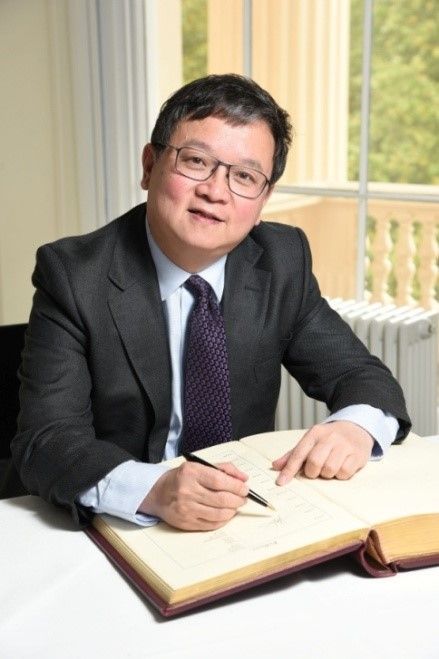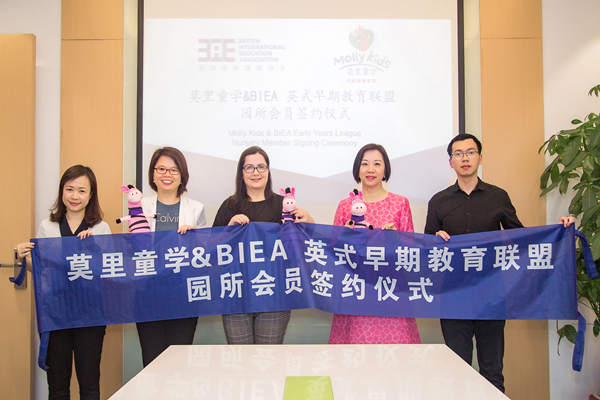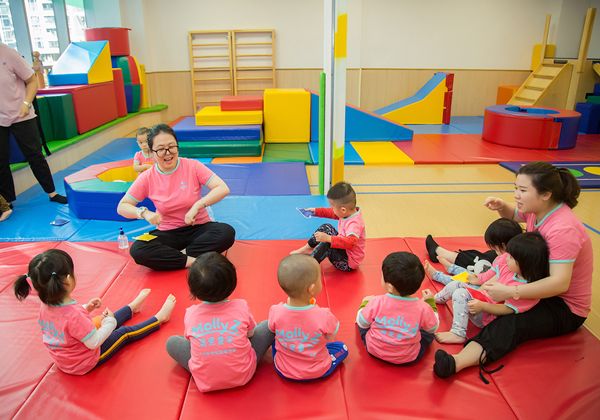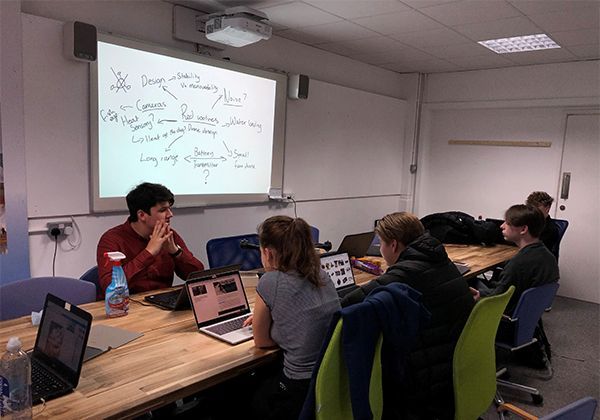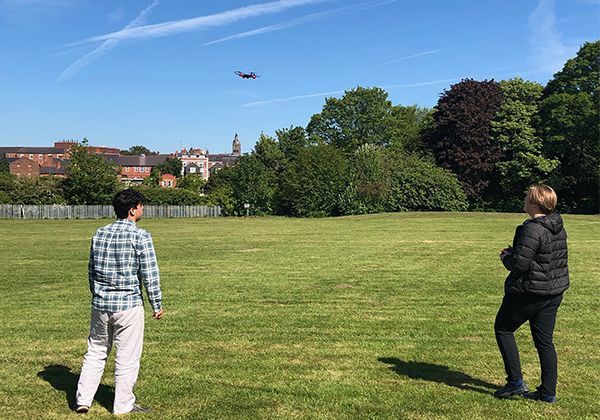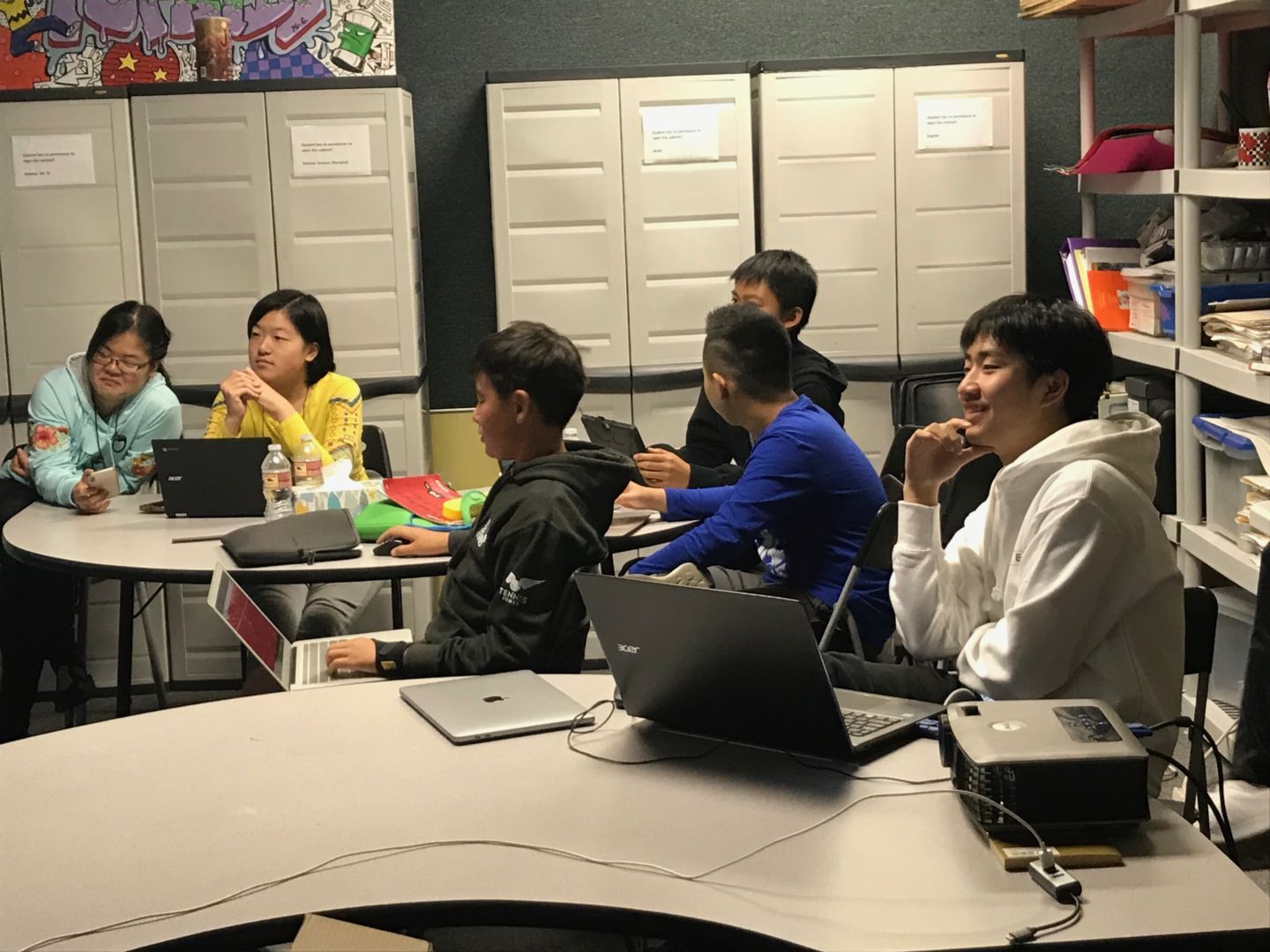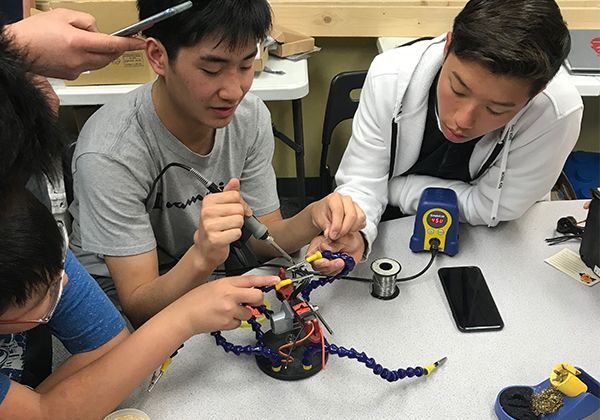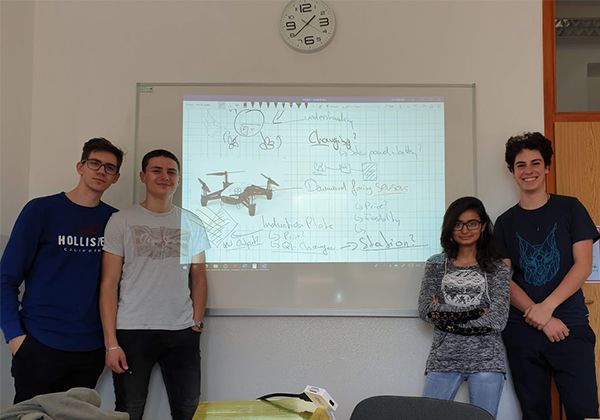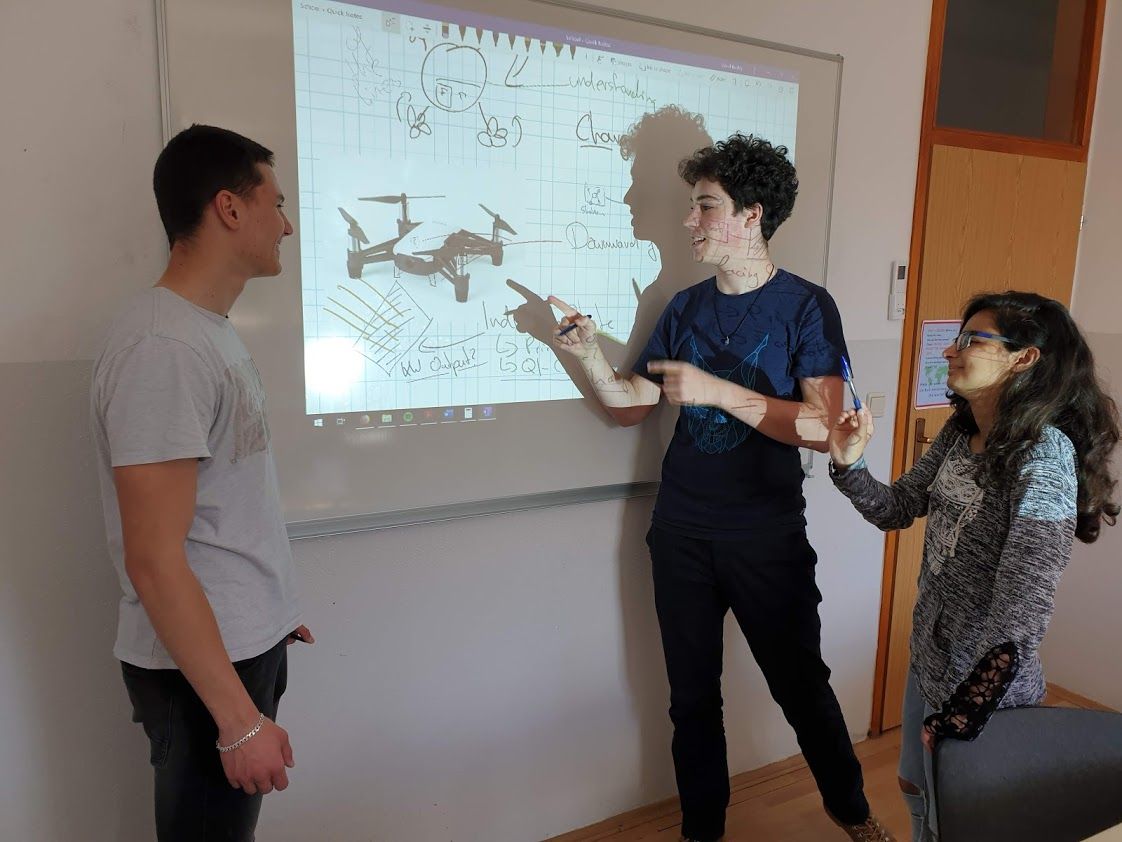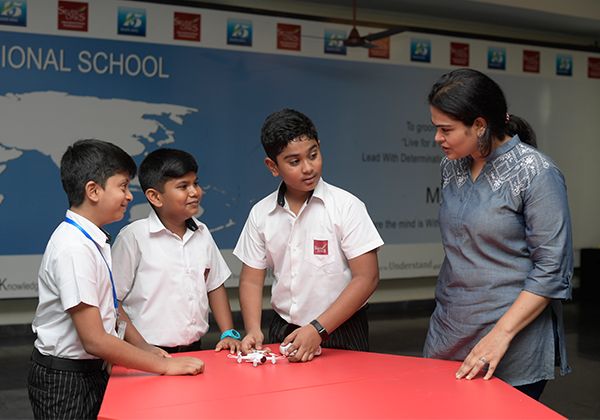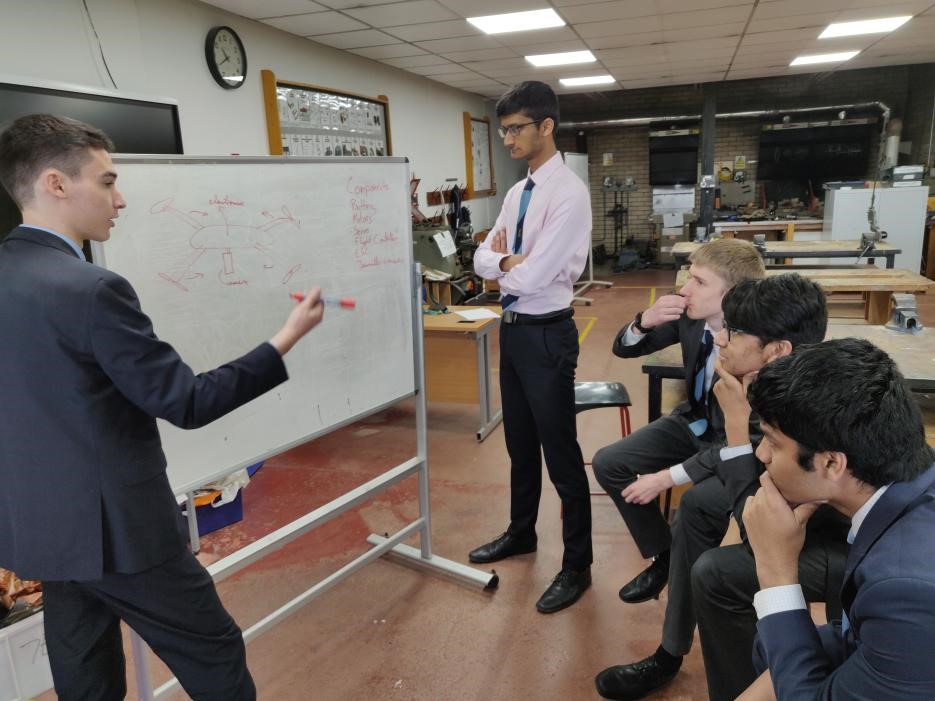BIEA 2019 International STEM Youth Innovation Competition Final judges – Have a glimpse of them!
The final of the BIEA 2019 International STEM Youth Innovation Competition will be held in London, UK on 4th July. On the eve of the final, the super-strong judging panel composed of many famous experts and scholars in the field of science and innovation in the UK will gather together at the Royal Air Force Museum. At that time, each of them will use their STEM or animal conservation expertise to provide authoritative and fair reviews of the event for both the final teams and the audience following the event.
Dr. Alex Holmes, designer of the BIEA STEM Competition, is one of the judges. As the winner of the UK's 2015 National Science Teaching Award, Dr. Alex has made outstanding contributions to UK STEM education. During her more than 20 years in STEM education, she has not only delivered speeches on promoting STEM education around the world at many international conferences, but also wrote STEM curriculum books for relevant international schools.
In addition to the well-known Dr. Alex, Dr. Shaun Fitzgerald, President of the Royal Institution, is a key judge for the final. Under the leadership of Dr. Shaun, the Royal Institution continues to create opportunities for people to understand the importance and stimulate public discussion of science. In addition, Dr. Shaun is a visiting professor at the Royal Academy of Engineering at the Cambridge University’s Department of Engineering, and is a Teaching Fellow in Engineering at Girton College.
Claudio Sillero, chief scientist at the Born Free Foundation, is also on the judges' list. Professor Claudio is currently based at Oxford University's Wildlife Conservation Research Unit (WildCRU), Chair of the IUCN Species Survival Commission Canid Specialist Group and founder of the Ethiopian Wolf Conservation Programme. Professor Claudio has rich practical experience in wildlife conservation and can provide professional wildlife conservation opinions for the work of the finalists.
The BIEA 2019 International STEM Youth Innovation Competition features experts from STEM and animal conservation communities, as well as managers from world-renowned technology companies and educational institutions. Professor Yike Guo, a global pioneer of data-driven science and technology, is one of them. The innovative cloud-based informatics platform developed by Yike is an important engineering achievement of the electronic science project in the UK. In addition, the other judges are experts in the field of Unmanned Air Vehicles - Stephen Prior, the Schools Programme Manager at the Digital Impact and Sustainability team - Louise Medland, the Big Bang Competition Manager Amelia Perry, and from Materials Chemistry Centre and a Senior Research Associate at the University College London, Raul Quesada.
I believe that with the enthusiastic support of these judges with a strong STEM and animal conservation background, the final of this international STEM competition will be more exciting and interesting. And STEM teenagers from all over the world will benefit from the judges' wonderful comments and continue to innovate for the future we hope to see!
Molly Kids School has become the first 0-3 member nursery of BIEA E-League in Guangzhou
In May 2019, Molly Kids officially joined the British E-League of BIEA, becoming a member of the BIEA E-League nursery and the first 0-3 nursery school in Guangzhou.
Molly Kids was founded in 2016. It is an International Day Care Centre implementing the concept of British education. The centre is located in Guangzhou, Yangcheng City. The head of Molly Kid's School of Nursery Studies said that the Centre's focus on children who are happy, confident, thoughtful, physically and mentally healthy, and able to communicate with others was consistent with the UK's EYFS children's development goals, so the centre has always favoured the EYFS system. The BIEA E-League has four core educational resources to solve the EYFS teaching implementation, which is one of the reasons why the centre is determined to become a member of the E-League nurseries.
BIEA E-League (also known as BIEA Early Years League) aims to provide International education practitioners with the best British Early Years Foundation Stage (EYFS) education training and resources, so that children and parents can experience the essence of British education. The four core resources it provides includes: British education’s expert guidance to solve academic problems, British CPD vocational training to solve teacher training problems, cooperative demonstration nurseries to solve practical problems, and British educational institutions to solve teaching support.
It is these excellent and marketable EYFS teaching resources that have attracted the attention of Molly Kids School who pursue high-quality EYFS teaching and are determined to become a member of the E-League family. Under the organisation of E-League, the director of Molly Kids’ education visited British nurseries to study the practice and implementation of EYFS.
As an international day care centre with a keen desire for teaching quality, Molly Kids has a high goal for the quality of the centre. According to the director of the centre, “Although the centre has become the first 0-3 nursery school member of the BIEA E-League in Guangzhou now, looking into the future, Molly Kids School hopes to gradually build the centre into an EYFS nursery school certified through the professional and authentic EYFS teaching resources provided by the E-League.”
The EYFS certification refers to the early education institutions implementing British EYFS courses outside the UK, which can apply for the International British Early Education Certification with International recognition. This means that the nuresry has met the standards for the establishment of British (overseas) International nurseries and the requirements for implementing the British early years education system. BIEA believes that with the support of various E-League resources, Molly Kids, which has passion and faith in education, will realise its dream!
Royal Air Force Museum hosts the final round of the BIEA International STEM Youth Innovation Competition
The 2019 International STEM Competition, organised by the British International Education Association (BIEA), will be held on July 4. For this annual competition of science and innovation, all the staff and expert consultants of BIEA are making every effort to bring the best competition experience to the science and innovation talents that are coming from all over the world. Speaking of which, we have to mention the Royal Air Force Museum, which is the venue of the final round of competition.
The Royal Air Force Museum, as a non-government, public institution, is the only national museum dedicated to the aviation industry in the UK. The museum is made up of six hangers used to display a variety of military aircraft, with over 130 real aircraft distributed throughout the museum, as well as numerous aircraft models, and air force uniforms and souvenirs. The museum designers have cleverly combined the exhibition space with interactive elements to create a unique display space in the exhibition hall. The final of the 2019 BIEA International Youth Science and Innovation Competition will be held in the activity halls located in Hangar Three.
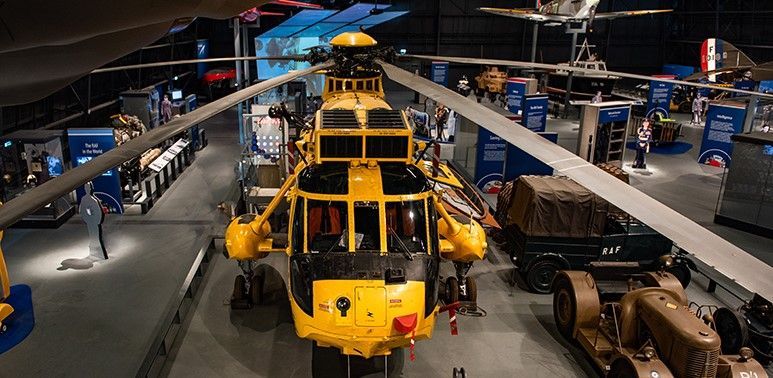

According to the organizing committee of the competition, all finalists will compete in groups and draw lots to determine the order of competition. The final competition will be held in three different spaces at the same time: Display space -- used to allow each team to display their design ideas and results; Evaluation space -- the judges will ask questions according to the thesis and video submitted by each team, and all contestants will have an opportunity to reply. Flying space – teams must complete the flight tasks required by the competition in a limited time, this is the ultimate test of the players' flying skills! Judges will be assigned to different spaces, according to their areas of expertise, to mark the competition.
"The final process design not only fully demonstrates the fairness of the competition, but also maximizes the enthusiasm of the participating teams”, said Alex Holmes, designer of the Science and Innovation Competition.
On the day of the final round, teams from all over the world will enjoy a special BIEA award ceremony and a traditional British celebration dinner party after the fierce final competition.
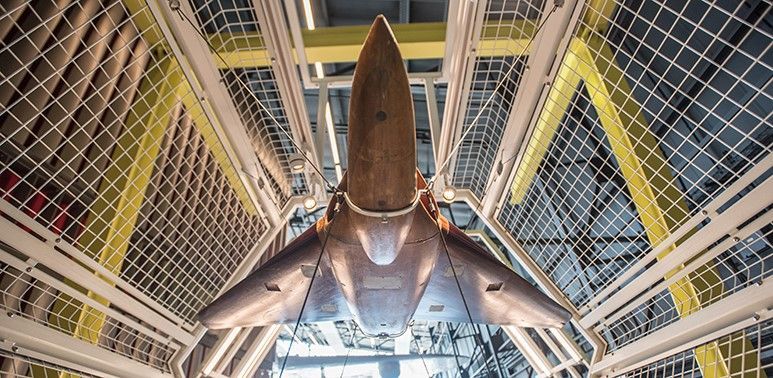

Vicki, director of external co-operation at the RAF Museum, said, "the RAF Museum has been promoting aviation since it was established in 1972. We not only hope to attract people to come to the Museum who know about airplanes and aviation history, but also hope to create an experience space for teenagers to fully learn about aviation knowledge. This happens to coincide with the theme of 2019 BIEA International Youth Science and Innovation Competition, drone war against species extinction. We are delighted to work with BIEA to bring scientific and creative talent from around the world to the Royal Air Force Museum."
Observe the World Through Science and Innovation
On June the 4th the teams competing in the BIEA International STEM Youth Innovation Competition submitted their video presentations.
Among the many teams submitting very imaginative projects is Chester International School from the UK. Chester International operates a paperless educational approach. All teaching activities are carried out on the student’s laptops and they are equipped with 3-D printers. This encourages enquiry and innovation in STEM disciplines and the BIEA competition is very much something Chester would compete in. The whole team was involved in the project from the beginning and the young woman member concentrated on referencing information regarding the Red Wolf whilst the young men concentrated on the design and construction of the UAV, both cross referencing and liaising where necessary. The team also referenced experts on 3-D technology and design before submitting their project. The BIEA competition was also designed to encourage team ethos and cooperative endeavour which, according to Montana Hull Chester’s teacher and leader has been achieved throughout. Ms Hull said that the spirit of teamwork and cooperation has been evident in Chester’s team since the beginning and especially when considering that they had not done any UAV work previously.
The team from Chester International School was conducting a drone test flight
Topkids Center students were discussing drone transformation ideas
Another school that puts teamwork paramount is Topkids Center in Los Angeles. The USA school has two teams in the finals, one in the 12-14 age group named ‘Paracop’, and the other in the 15-17 group named ‘Zuberi’ Instructor and leader Chris Chai said that when they had first heard of the BIEA STEM Competition and had watched the video of last years competition they had become excited and wanted to enter. He said that it was a great opportunity to apply science and innovative thinking into protection in the real world and that having young students competing with their ideas and technologies from all over the world can only be beneficial to international cooperation and understanding. In selecting which animal to help the teams considered a number of endangered species which included Indiana Bats, iguanas, penguins, Blue-footed Boobies and camels. Eventually the Paracop team chose the Bactrian camel and the Zuberi team went for the African penguin. In preparation for the competition the two teams were encouraged to meet and discuss their respective projects and in this way the elder group gave much help to the younger in terms of technical expertise and flight operation and the younger came up with lots of innovative and interesting suggestions. Teacher Chris Chai offers some advice on how parents can better support their children’s interest in science and innovation, “almost everything around us is tied to science, technology, engineering and math (STEM). Develop your child’s STEM interests by first understanding what areas your child is truly interested in and then taking every opportunity to introduce STEM learning in that area.”
Students were experimenting with whether the transformation plan is feasible
In the process of preparing for the competition, in order to encourage the children to inspire and communicate with each other, the teachers specially let the students of two age groups discuss together. In this way, the higher age group can give a lot of help to the lower age group in terms of technical expertise and flight operation, and the lower age group can come up with a lot of innovative and interesting suggestions.
Teacher Chris Chai also offers some advice on how parents can better support their children's interest in science and innovation: "almost everything around us is tied to science, that area."
Many schools from around the world show exceptional talent and ideas in the BIEA international competition
With the rapid development of science and technology and the pace of globalisation, the requirements for talent in the future world are being constantly refreshed. The concept of STEM education has been around for a substantial time but it has never received the global attention as it does today. With the announcement of the final teams list of the BIEA 2019 International STEM Youth Innovation Competition the international interest in using drone and other modern technology to help preserve endangered species is obvious.
A team from the United World College in Mostar (UWCiM), Bosnia and Herzegovina qualified for the finals in the 15-17 age group. As one of the world's leading IB schools, (offering International Baccalaureate courses), the school entered a team to help protect vultures by using drones to track, observe and understand their life paths and to help solve the problem of vultures that feed on animal carcasses spreading disease and becoming a threat to the ecosystem.
Team from UWCiM was discussing the transformation of drone
The Mostar team transformed the colour of their UAV design and chose to navigate in specific areas only after careful study of the vulture and its habits and referencing expert opinion. Their biggest problem was keeping within budget to realise their ambitions. With help from the BIEA science and technology committee and careful thought into the design of the UAV and the aims of the team a project was submitted that successfully achieved the desired aims of the team.
Team from Silver Oaks International School was exchanging ideas with the instructor Nagashilpa Seethamraju,Coding4kids
India has always been a country that invests heavily in technological development and innovation to encourage economic growth and this is reflected in their educational system. Sunitha Yernagula, Principal of Silver Oaks International School from Visakhapatnam in East India, spoke of the great excitement when the school knew that their team in the 9-11 age group had reached the BIEA competition finals. The team had decided to help Pangolins, which have been hunted for their skins to the point of extinction. The team’s proposed drone design will use programmes developed for python recognition to identify Pangolins in areas inaccessible to humans. The team leader Nagashilpa said that it would be an unforgettable experience for the team to attend the finals in London. She said that the competition provides a platform for students not only to learn technological skills but also to cultivate the idea of using that technology to facilitate animal and environmental protection.
Silver Oaks International School's teammates, their instructor and principals
As well as India and Bosnia and Herzegovina, Sri Lanka has a commitment to science and technology education in its educational system. Gateway College in the capital Colombia has a team that has qualified in the 12-14 age group. Gateway College has a large investment in STEM education and has a specific area dedicated to technological innovation set aside at the centre of the school for that specific purpose. The team decided to help to understand Asian Elephants and developed a drone technology to help count and video their habits. A sophisticated sensor was used in their drone design.
Science and technology education is becoming increasingly important internationally and the more cross national cooperation in this field is encouraged the more it can benefit not only the environment but also the species therein including mankind.
Laura Gosset of The Born Free Foundation and partner in the BIEA International STEM Youth Innovation Competition in 2019 said that it is important for The Born Free Foundation to participate in the event to encourage wildlife conservation. Laura also said that it is a great opportunity to improve children’s science and innovative skills and raise in them an awareness of ecological protection. She also said that any event that publicises the protection of endangered animals at an international level can only be hugely helpful.
Centuries old Grammar School reaches the STEM final. Queen Elizabeth’s School enthusiasm for modern technology
As a country with a long tradition of innovation in science and technical instruction with a long history of STEM education and as the host of BIEA 2019 International STEM Youth Innovation Competition, Britain not only leads the number of participating teams in this competition but also has had a remarkable success in the preliminary rounds of the competition. One of the teams entering the final is Queen Elizabeth’s School in Barnet. The boy’s school was founded in 1573 under a charter granted by Queen Elizabeth the first and today, besides providing the traditional comprehensive education expected of a traditional grammar school, encourages inquiry into unmanned vehicle technology, VEX robotics and other cutting-edge technologies and has won many awards and international competition.
Regarding their interest in the competition the school science and technology department director, Michael Noonan, said that earlier this year one of his students, Aryan Jain, saw the notification of the BIEA international STEM competition whilst browsing the web and very quickly others became interested and a school team was formed to compete.
The teachers were very supportive of the student decision to enter the competition and encouraged them to explore their ideas independently. Michael Noonan said, "From the initial selection of animal species to the creation of the report and to the development of the UAV according to their designs, it was all the result of the team's own little by little exploration and progression."
The team is discussing their drone design
The team members are discussing which animal to choose to help protect. The team drew up a long list of endangered animals and explored the role drones could play in protecting them. As a result of the discussions the team members were enthusiastic to develop glider drones and choose an animal with a large distribution area hence the choice of the Black Rhino.
After referencing the relevant publications the team decided to use military surveillance techniques to aid in the protection of Black Rhinos. A complex equation derivation was successfully used to calculate the pixel resolution in the final design.


The final report and submission for the competition final deadline coincided with school examinations. How not to interfere with study for the all-important examinations? The boys were very enthusiastic to enter their drone design in the competition but were as equally concerned to complete their studies for the examinations. To this end a detailed division of work to be done was scheduled to be carried out outside of study time. Two days before the report had to be submitted the team had to work more than 14 hours a day to complete it. The hard work paid off and the report was submitted on time.
Having reached the finals the team was so enthused that they decided to build their drone themselves in order to present their design to the fullest. This has increased the difficulty but is definitely well worth the extra effort.


The team were divided into three sections, a group responsible for electronics, another responsible for the video and another responsible for the fuselage. The electronics group focused on providing the power and the control system and system compatibility. The video group made the video submission, wrote scripts, arranged 3D printing and coordinated the budget etc. The fuselage group designed the chassis and structure of the drone – all are coming together to provide the finished entry.
Despite the small number of team members the preparations for the final are proceeding in an orderly manner under the divided group responsibility and with close cooperation. Everyone in the team is looking forward to the science and technology innovation competition finals on July the 4th.
Michael Noonan is extremely proud of his students and the effort that they are putting into the project. When the team found out that they had been selected for the finals the rest of the school was enthused with interest in the BIEA STEM Competition and he believes that more students will show interest and compete in any future competitions.





